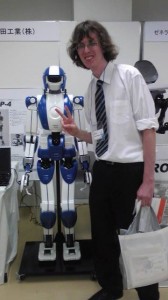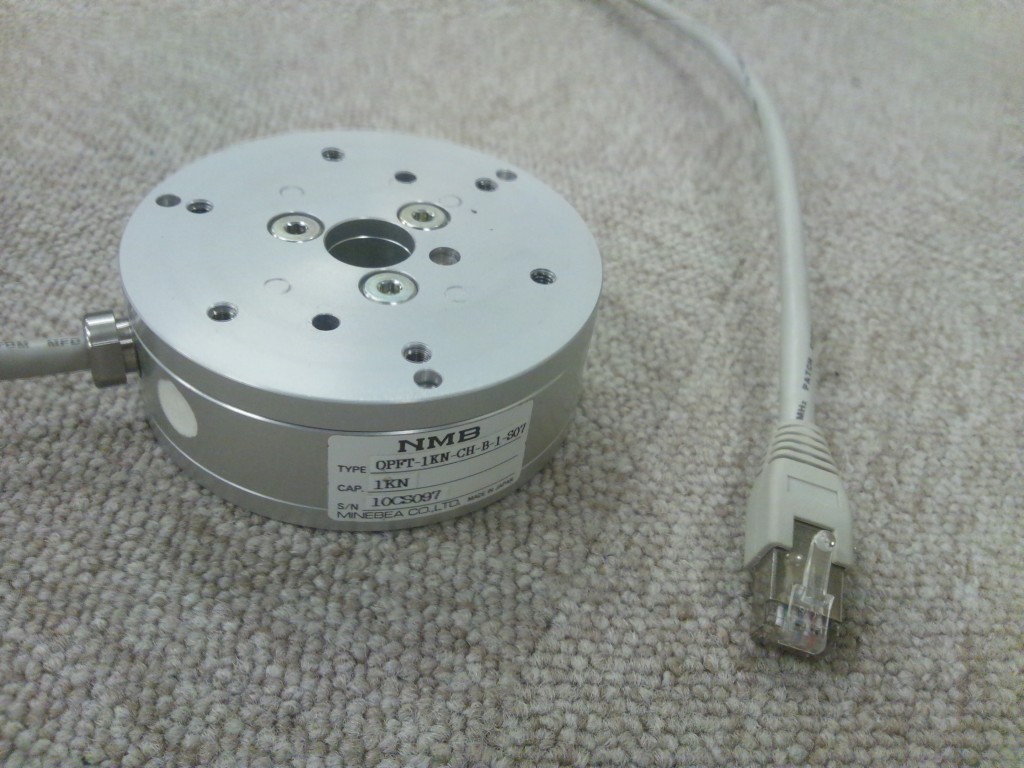
This is a rather innovative 6-axis force sensor in that it uses optical strain gages instead of electrical ones(a bit of info about the theory can be found here). This gives it a advantage in signal to noise ratio’s over conventional electrical strain gage sensors and it also means that the sensor internally requires a digital signal processor to compensate for thermal strain. As a result this sensor also has the rather useful quality of outputting digital data over a serial port running on a RS-422 electrical interface, thus you will need a fast serial port instead of an analog to digital converter. Perhaps the best thing about this force sensor is its price, in terms of Japanese Yen, conventional force sensors that do a similar job cost about 1,000,000 Yen. However this force sensor costs about 300,000 Yen. This is the cheapest I have seen a calibrated force sensor in this force range go for, so kudo’s to Minebea for lowering the cost of robotics(although initially the claimed to be aiming to reduce the cost to 100,000 Yen but it seems they weren’t serious about that). For a small increase in price Minebea can also install stoppers inside the sensor to prevent damage from excessive forces/moments. I have used this force sensor on MARI-3 with reasonable satisfaction however I do have some grievances. Firstly, this sensor has no reverse voltage protection, which I think is a rather big design flaw on such a expensive bit of electronics. Secondly, this sensor has somewhat limited ZMP sensing because the maximum pitch/roll torque (30 nM) is too small. To put it in perspective, a 50Kg robot standing on one leg would be able to sense a ZMP position of up to ±30/9.8*50=±6.1 cm, I would think that the average is 20-30cm long so I would like the sensor to measure a ZMP of ±10-15cm. It would be better if they reduced the maximum downwards force (1 kN) and increased the maximum pitch and roll torques.
So in summary and conclusion:
Pro’s
- Less noise than conventional electrical strain gage sensor’s
- Low cost
- Digital output
Con’s
- No reverse polarity protection
- Limited ZMP measurement due to insufficient torque range.
Elysium Labs Ranking: 3/5 (Decent but has some major flaws)
Here(ForceSensorInterface.c) is a driver to get you started. Note that this driver requires you to implement the serial read, write and serial port initialization routines yourself.
Manufacturers description of this sensor:
http://www.minebea-mcd.com/en/product/6-axial/opft-ch.html
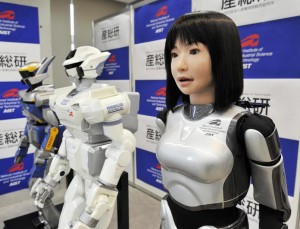
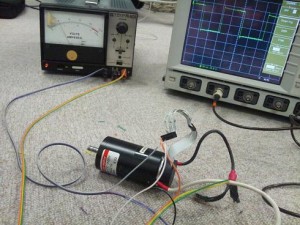
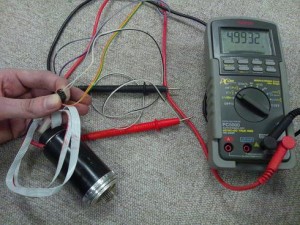
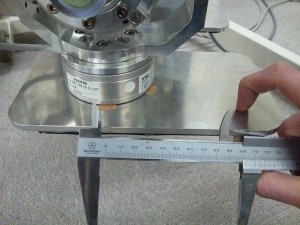
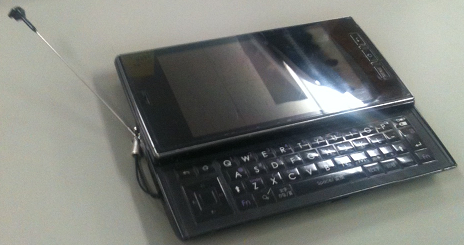 Firstly let me introduce my phone, the Sharp 005 SH. If you
haven’t heard of it then don’t worry its only sold in Japan. The phone was released at the beginning of
2011.
Firstly let me introduce my phone, the Sharp 005 SH. If you
haven’t heard of it then don’t worry its only sold in Japan. The phone was released at the beginning of
2011.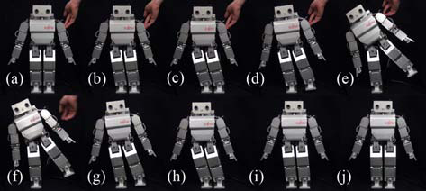
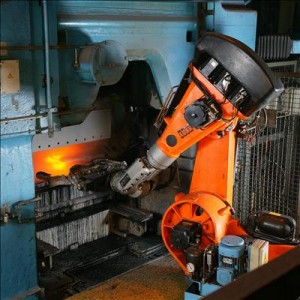 The tutorial on robot arms is complete! This tutorial will teach you about the
modeling and control of robot arms. In particular this tutorial will teach you about
The tutorial on robot arms is complete! This tutorial will teach you about the
modeling and control of robot arms. In particular this tutorial will teach you about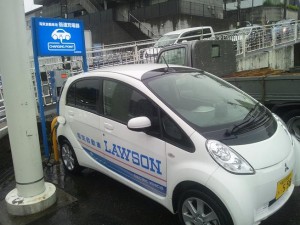 One of Japans largest convince store chains has decided to go green. The plan
involves converting about 10% of its fleet into electric vehicles as a start and then to go up from
there. Aditionally they are starting to offer electric charging points in their parking lots which EV
and Hybrid owners can take advantage of.
One of Japans largest convince store chains has decided to go green. The plan
involves converting about 10% of its fleet into electric vehicles as a start and then to go up from
there. Aditionally they are starting to offer electric charging points in their parking lots which EV
and Hybrid owners can take advantage of.

